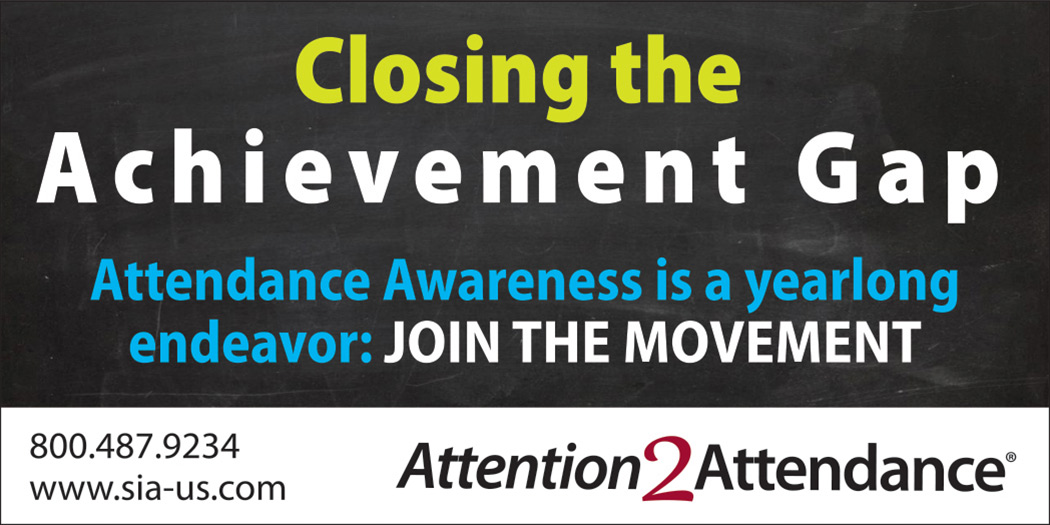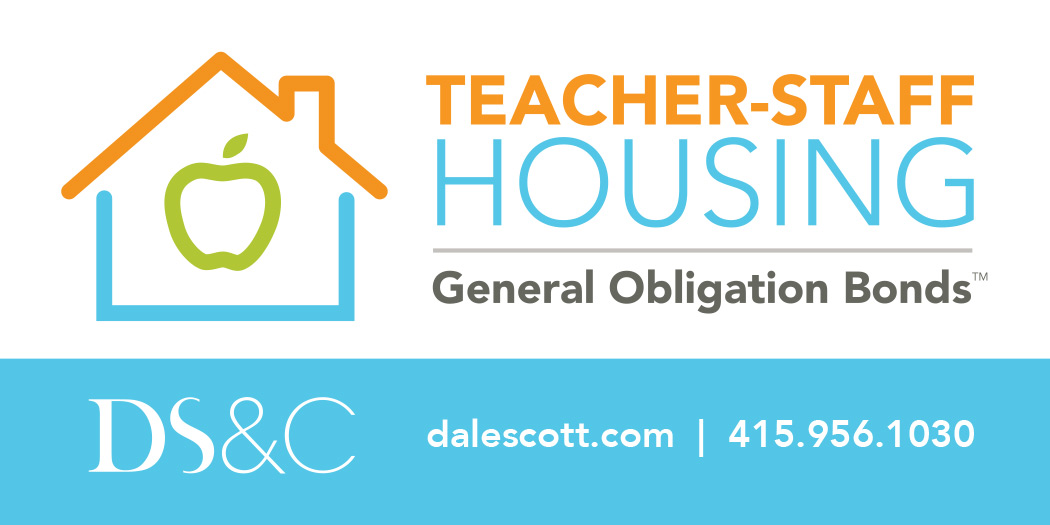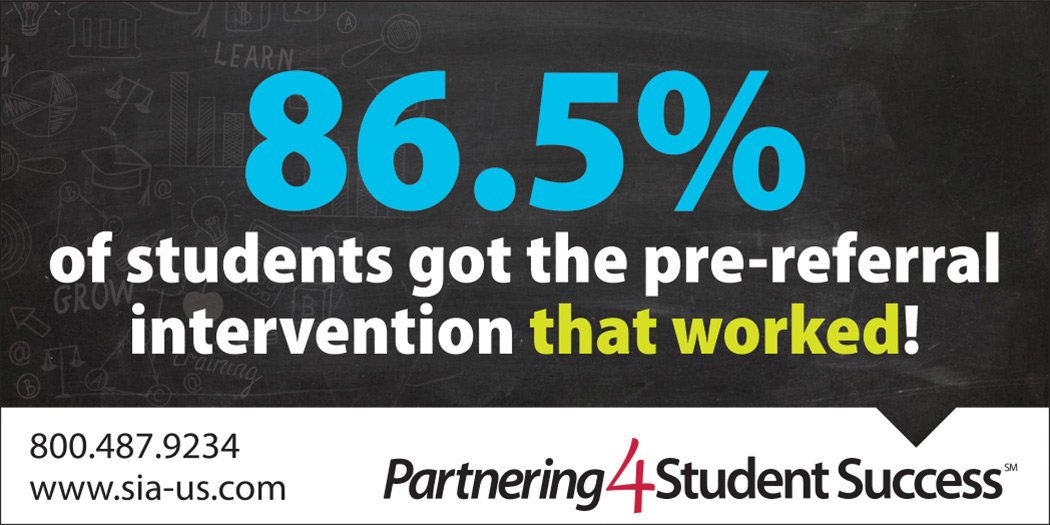

H.R. 4107 was introduced July 31 by Congressman Mark DeSaulnier (D-CA) and Congressman Rodney Davis (R-IL). The bipartisan bill would increase funding over the next four fiscal years for early education services for the youngest students needing special education services and programs. Part C of the Individuals with Disabilities Education Act provides funding to states to implement a system of early intervention services for infants and toddlers with disabilities and their families — and for preschool services under Part B of IDEA.
“Over the past two decades, the needs of children and families nationwide for early intervention and preschool special education services have dramatically increased, while federal investments in these services have continuously deteriorated,” said CSBA President Dr. Emma Turner. “CSBA strongly supports the Funding Early Childhood is the Right IDEA Act as a critical mechanism to restore lost funding and ensure that all children are receiving the services they need for success as students and to contribute fully to the social, civic and economic prosperity of the United States.”
- Visit www.csba.org/Newsroom for links to digital versions of current and past issues of California School News.

At the same time, CTE pathways can lead to well-paying careers while laying a robust foundation for students’ various education trajectories. The convergence of these factors is explored in CSBA’s latest governance brief, “Supporting STEM Access, Equity, and Effectiveness: STEM and CTE Work for California’s Economic Future.”
The brief is now online and examines California’s workforce needs, how STEM and CTE complement each other, the benefits of CTE for K-12 students and strategies for successful programs.
While about 40 percent, or close to 800,000, of California’s high school students were enrolled in a CTE course in the 2016–17 school year, participation in classes tied to the state’s most in-demand fields were not as popular. The success of students enrolled in these programs also makes the case that higher enrollment would benefit not only the state’s workforce but may lead to higher graduation rates and academic engagement, particularly for students from low-income backgrounds. Overall, the graduation rate for CTE students in California was 92 percent in 2017.

Troy Flint | tflint@csba.org
Managing Editor:
Kimberly Sellery | ksellery@csba.org
Marketing Director:
Serina Pruitt | spruitt@csba.org
Staff Writers and Contributors:
Andrew Cummins | acummins@csba.org
Aaron Davis | adavis@csba.org
Bode Owoyele | bowoyele@csba.org
Alexandra Zucco | azucco@csba.org
Graphic Design Manager:
Kerry Macklin | kmacklin@csba.org
Senior Graphic Designer:
Mauricio Miranda | mmiranda@csba.org
Emma Turner | La Mesa-Spring Valley SD
President-elect:
Xilonin Cruz-Gonzalez | Azusa USD
Vice President:
Tamara Otero | Cajon Valley Union USD
Immediate Past President:
Mike Walsh | Butte COE
CEO & Executive Director:
Vernon M. Billy
News and feature items submitted for publication are edited for style and space as necessary.

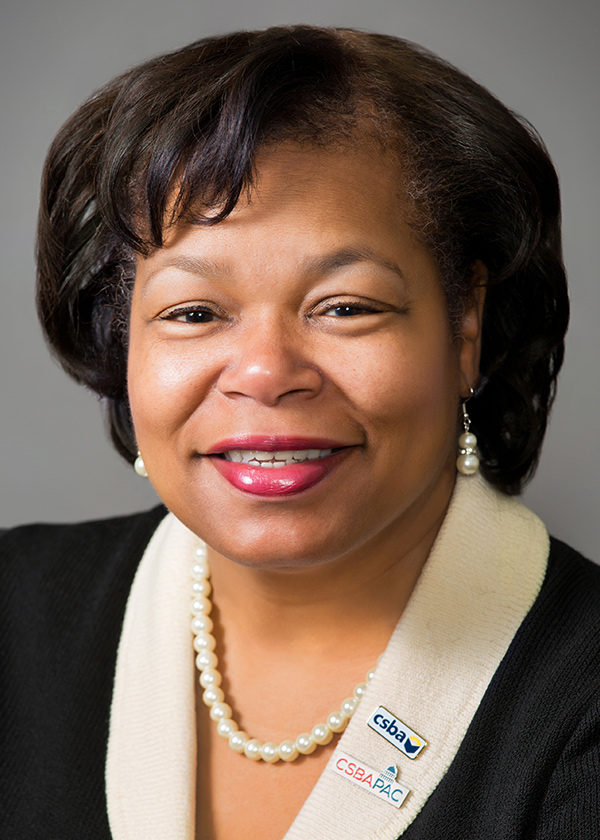
A comprehensive approach to school safety starts with school culture. Research shows that creating positive school climates helps boost student achievement and increase high school graduation rates. Developing this positive culture involves integrating social-emotional learning into instruction and school management; encouraging and maintaining respectful, trusting relationships between students and adults; and implementing a multi-tiered system of support that offers universal academic and behavioral support to all students while recognizing that some students need extra support to thrive and achieve in school. Boards can contribute to this important work by making positive school climate a districtwide priority and including it in strategic plans, budgetary decisions, curricular adoption criteria, and policies and regulations.
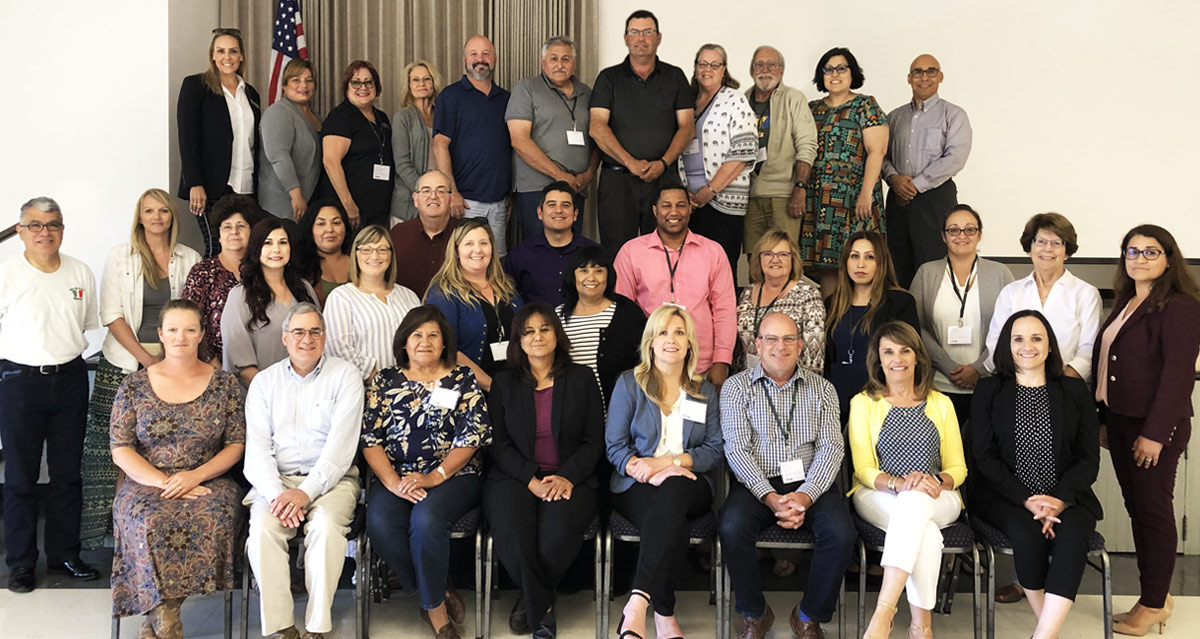
Heather Lomax, Board Member, Cuyama Joint USD; Stephen Bluestein, Superintendent, Cuyama Joint USD; Irene Garcia, Board Member, South Monterey County Joint Union HSD; Diana Perez; Board Member, Santa Maria Joint Union HSD; Lisa Morinini, Board President, Orcutt Union ESD; Shaun Henderson, Board Member, Orcutt Union ESD; Deborah Blow, Superintendent, Orcutt Union ESD; Mari Minjarez Baptista, Assistant Superintendent, Human Resources, Santa Barbara CEO
When meeting, board members may ask these questions of themselves to calendar their professional development:
- Are we committed to participating in the annual practice of board self-evaluation? What are our board’s strengths and areas of growth as identified in the self-evaluation? What training opportunities are available that would address our growth areas? (For more on board self-evaluation, see article on page 5, Board self-evaluation and the Brown Act.)
- How will we use training and professional development to better support student achievement within our district or county office of education?
- How can we prioritize professional development in our budget? Have adequate funds been set aside for this purpose?
A self-evaluation involves setting a time when board members may engage in an examination of the board’s performance on an agreed set of norms, conditions or yardsticks. The main focus of a board self-evaluation should be on the board as a whole, not individual members. A board self-evaluation should not be seen by board members as an opportunity to express personal grouse or discontentment with their fellow board members. Keeping focus on the task may require facilitation, preferably by an experienced and independent moderator who can also assist the board to develop protocols that will enhance the governance team’s performance in identified areas.
Achievement in California’s Public Schools: What Do Test Scores Tell Us? finds that while the state’s students are making progress in English, math scores are relatively stagnant and indicate a need for more attention, training and resources directed to Common Core instruction. The study also responds to critics who say California’s students are not making sufficient progress, citing that change brought by these reforms is a “long, slow process” requiring each district to “help teachers and administrators change practices in ways that boost achievement.”
The wide-ranging poll finds that six in 10 parents and all adults, and 75 percent of teachers, say their community’s schools don’t have enough money. Twenty-five percent of all adults responded in an open-ended question that inadequate financial support is the biggest problem facing public schools today, a number which jumps to 36 percent among teachers.
This July, Gov. Gavin Newsom signed into law the CROWN Act (Create a Respectful and Open Workplace for Natural Hair), Senate Bill 188, which protects students from discrimination based on hairstyles, including afros, braids and twists. Author Sen. Holly Mitchell (D-Los Angeles) said in a news release that “for centuries, black people have had to use expensive, chemically harsh treatments to fit Eurocentric standards for professional hair.” While federal and California law already prohibited discrimination based on religious hairstyles and head coverings, Mitchell said these measures were not enough. She pointed to the example of a young wrestler from New Jersey who was forced by a referee to cut his natural locks before competing on the mat.
The institute’s theme of “All Means All: Know My Name, Face and Story” was present throughout, with speakers and presenters sharing their life and educational stories as examples of the limitless backgrounds students possess, and their futures yet to be told. By using an asset-based approach at school, experts said, one caring adult can make all the difference in the world for a child.
The effects of poor attendance habits on student achievement pose a major challenge to many students, particularly those from disadvantaged backgrounds. By the ninth grade, students’ chances of graduating from high school drop by 20 percentage points for every week of school they miss, according to a new report from Georgetown University’s FutureEd think tank and Attendance Works, Attendance Playbook: Smart Solutions for Reducing Chronic Absenteeism.
Further, experts and researchers find chronic absence isn’t just a matter of truancy or skipping school, but of the overall well-being of children. Many absences, especially among the youngest students, are excused and tied to health factors such as asthma, dental problems, poor vision, learning disabilities and mental health issues related to trauma and community violence.
CCBE continues its work on important strategic goals
This year, the group dug deep into past successes, as well as areas with potential for organizational improvement. Starting with lots of blank white paper, we became surrounded by ever-increasing, colorful lists of our motivations, ideas and priorities. Aided by a very skilled facilitator, Lauren Ball, and our always-outstanding program manager, Charlyn Tuter, we (1) reviewed and updated our goals, (2) set out tasks to advance those goals, (3) assigned those tasks and (4) set deadlines for accomplishing this work.
As in years past, continuity was important, but the infusion of new perspectives and experiences added to the richness of our discussions, and, ultimately, to quality of the results. While adding some new concepts, we determined to carry on with work on our most significant continuing objectives, such as increased communications with our members and with our local communities.
There are not many involved with public education in California who do not support an increase in per-pupil spending in the state. If the expectation is for students — especially those who are economically disadvantaged — to score well on standardized tests and to graduate on time, we need to better fund our schools, but the issue goes deeper than that.
Since the turn of the century and particularly in the wake of the Great Recession, California has split in two economically, and our current school funding exacerbates that divide. I am a county board member in Monterey County, and in my trustee area I have two districts that are about 13 miles apart, Washington Union and Chualar Union school districts. There are parts of the Washington Union district from which you can actually see Chualar. Washington Union sits on Highway 68, which is a very desirable place to live for professionals in both Monterey and Salinas. Chualar is a small farmworker community right in the middle of the Salinas Valley.
CCBE Annual Conference
Masters in Governance Courses 1 & 2
Masters in Governance Courses 3 & 4
Masters in Governance Courses 3 & 4
2019 The Brown Act
Masters in Governance Course 5
2019 The Brown Act
Masters in Governance Course 5


